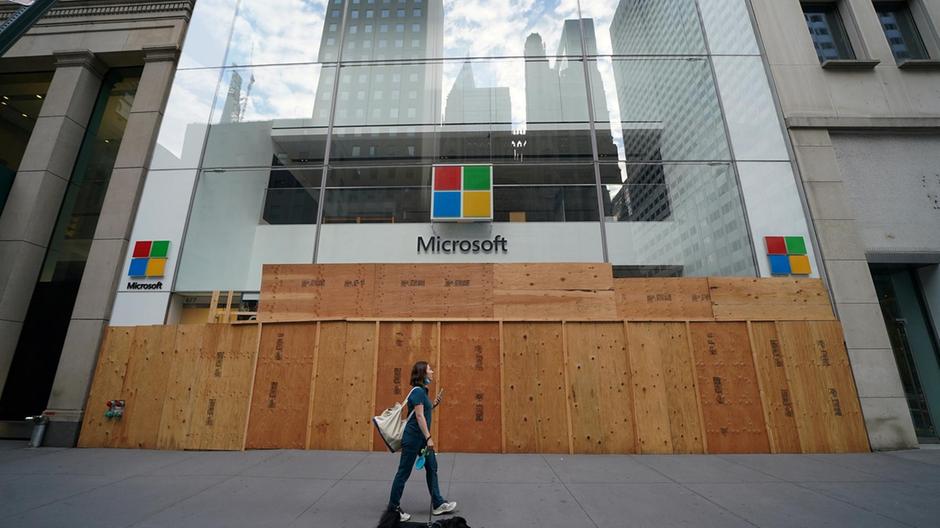Microsoft is retiring its web browser Internet Explorer (IE) next year, after nearly 26 years, the company said.
It is pushing its users to switch to the Microsoft Edge browser that comes with “improved compatibility, streamlined productivity and better browser security”.
The end of IE comes as no surprise; Microsoft began encouraging users to shun it when Edge was revealed 2015. Since then it has branded IE as a “compatibility solution” rather than a browser. Last year, it announced that Microsoft 365 apps and services will no longer support IE from August 17.
The National looks at the IE’s market share and its journey so far.
Internet Explorer: once a dominant player
Launched in 1995, IE enjoyed a monopoly in the web browser market for nearly a decade. It was offered with the company’s Windows operating system that came pre-installed in millions of computers.
However, it started losing its popularity among users due to its sluggish speed and lack of security controls. The advent of other players such as Firefox (2002) and Google’s Chrome (2008) gave users more options that led to a mass exodus from IE.
Market share
Chrome has a 64.4 per cent market share of the global browser market as of April, according to web analytics company Statcounter.
It was followed by Apple’s Safari (18.6 per cent), Firefox (3.5 per cent) Microsoft Edge (3.3 per cent) and IE (0.7 per cent).
To compete with rivals, Microsoft launched the latest version of Edge in January last year. It runs on the same technology as Chrome.Why is Microsoft retiring Internet Explorer?
The future of IE is in Microsoft Edge, the Redmond-headquartered company said.
Not only is Microsoft Edge a faster, more secure and more modern browsing experience than IE, but “it is also able to address a key concern – compatibility for older, legacy websites and applications”, Sean Lyndersay, partner group programme manager, Microsoft Edge, said.
“Microsoft Edge has [an] IE mode built in, so you can access those legacy IE-based websites and applications straight from Microsoft Edge,” he added.
How to move to Microsoft Edge?
Users of IE can switch to Microsoft Edge before June 15, next year. They can search for Microsoft Edge using the Windows 10 search box. If it is not there, users can download it here.
“We have aimed to make the upgrade to Microsoft Edge simple. Once you have opted in to moving to Microsoft Edge, it’s easy to bring over your passwords, favourites and other browsing data from IE in a few clicks,” said Mr Lyndersay.
“And if you run into a site that needs IE to open, Microsoft Edge has IE mode built-in so you can still access it.”
Better browser security
Nearly 579 password attacks are attempted every second so users need a browser that is up to this challenge.
Microsoft Edge offers the protection against both phishing attacks and malware, the company said. It also offers Password Monitor, which scans the dark web to identify if your personal credentials have been compromised.
“In today’s evolved security landscape, it’s also important that Microsoft Edge is more agile when responding to security vulnerabilities,” said Mr Lyndersay.
“While IE 11 packaged security updates monthly, Microsoft Edge can issue security patches for immediate vulnerabilities within days, if not hours.”


Comment here